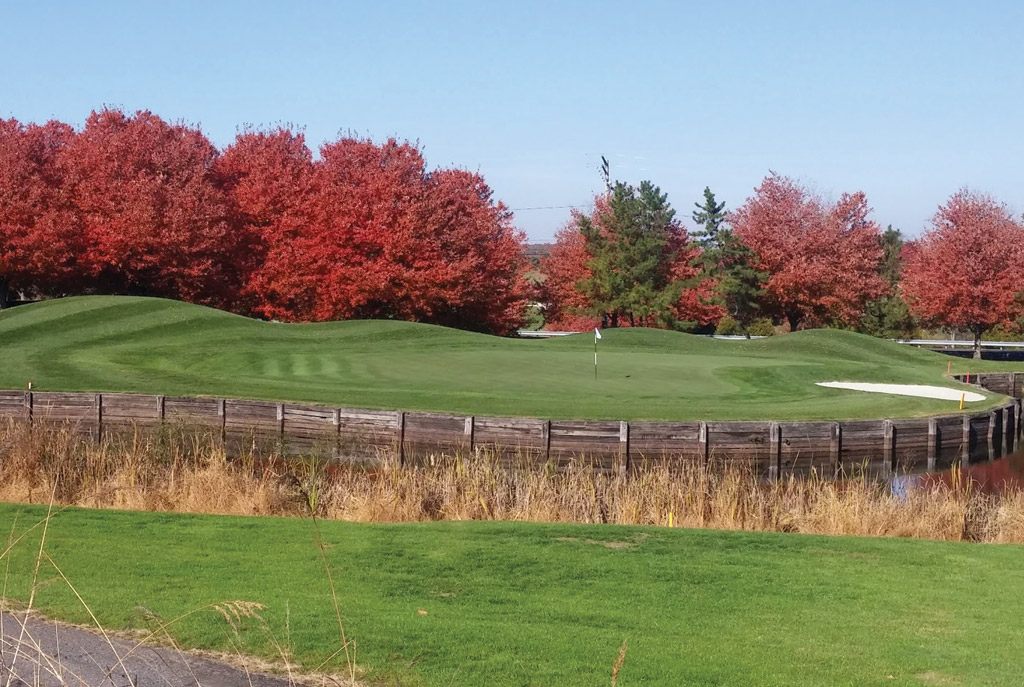[…]a statewide erosion and sediment control program to control sediment-laden runoff from land-disturbing activities in accordance with Code of Maryland Regulations (COMAR) 26.17.01, the 2011 Maryland Standards and Specifications for Soil Erosion and Sediment Control handbook, and the Stormwater Management Act of 2007. MDE’s regulations establish criteria and procedures for erosion and sediment control throughout Maryland. These regulations enhance erosion and sediment control practices, improve the water quality of construction site runoff, and help in Chesapeake Bay restoration efforts. The handbook serves as the official guide for erosion and sediment control principles, methods, and practices. Each county and municipality, in […]
[…]tactical approach to pest control. It involves taking action to anticipate pest outbreaks and to prevent potential damage. IPM is a pest management strategy that utilizes a wide range of pest control methods or tactics. The goal of this strategy is to prevent pests from reaching economically or aesthetically damaging levels with the least risk to the environment. (Definition from Maryland Pesticide Applicator Core Manual. National Association of State Departments of Agriculture Research Foundation.) Leaching: Transport of water-soluble plant nutrients or chemicals from the soil as water moves through the soil profile and into the saturated zone. Littoral Shelf: Shallow areas (typically 1-2 […]
[…]turf that resists diseases and weed encroachment. When properly applied, pesticides are directed to and absorbed or taken up by the target. For example, foliar applied sprays are absorbed by plant leaves, while soil-applied pesticides may be taken up by plant roots. Once in plant tissue, pesticides may be broken down. However, the components of fertilizers (nitrogen and phosphorus) and characteristics of pesticides (toxicity, solubility, and chemical breakdown rate) can impact water quality and non-target species through off-site movement and exposure. Best management practices reduce the potential for water quality impacts from fate and transport mechanisms such as runoff, leaching, […]
[…]such as fine fescue and zoysiagrass, inherently require less N to perform satisfactorily in Maryland and may deteriorate when more N is applied than is recommended. It is imperative that golf course superintendents evaluate annually the conditions and expectations at their own courses to determine appropriate rates. Recommended Annual N Rates for Maintenance of Golf Course Turf in Maryland (as published in Nutrient Management Guidelines for Golf Courses in Maryland) Annual Rate* Pounds N/1,000 ft2 GREENS Bentgrass 2.5 – 5.0 TEES Creeping bentgrass 2.0 – 4.0 Kentucky bluegrass 3.0 – 5.0 Perennial ryegrass 2.0 – 4.0 Bermudagrass 2.0 – 4.0 […]

